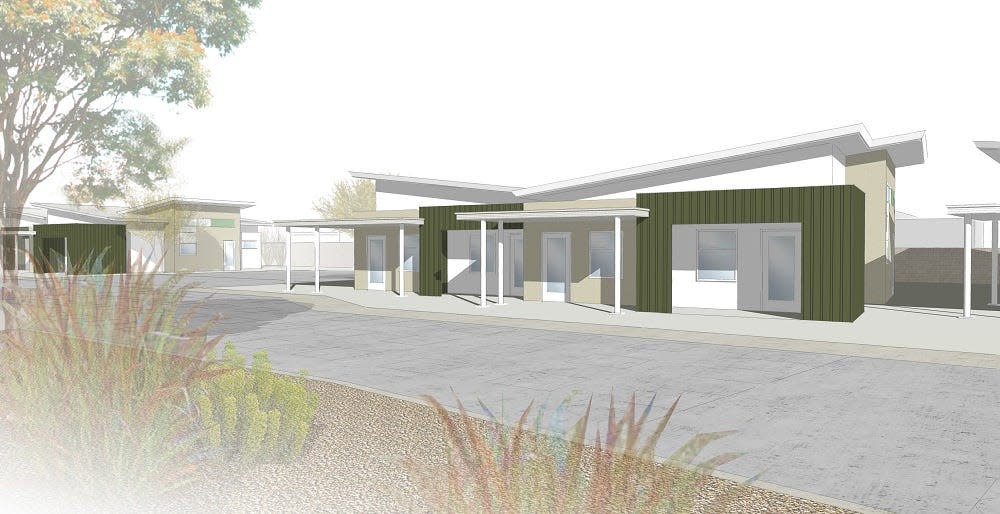The girl with the backpack: Why we must expand affordable housing in the Coachella Valley

The Community Housing Opportunities Corporation’s board chair, Ortensia Lopez, once shared a story with me: the girl with the backpack.
She approached a young girl who was weighed down, walking with a backpack nearly twice her size. Ortensia asked her why she was carrying this around and the girl looked at her and said, “These are all my things. I don’t know if I will have a place to go home tonight.”
Unfortunately, this scenario is a reality for many working families who do not have access to safe and affordable housing, often due to the loss of a job, unforeseen medical bills, or the burden of increasing rent. Increasing housing stock and making housing affordable brings opportunity for everyone. We do this through collaboration, balance and planning.
Affordable housing isn’t a new issue. While we’ve been talking about it since the 1980s, it's become increasingly apparent that our communities cannot survive without it. As the cost of living continues to climb, it clearly needs to be moved up to the top of the list of critical challenges for our cities, locally and nationally.
Let’s define what affordable housing is, how residents quality for it, and from the development side, how affordable housing is funded. It is generally multi-family, senior or veteran housing for very low, low, and moderate-low-income residents. Residents typically qualify if they fall within 30% to 80% of Average Median Income. In terms of funding, there are multiple layers of financing involved.
A primary source of funding affordable housing communities is often tax credit equity. In California, the Tax Credit Allocation Committee (TCAC) determines this process. In this case, one dollar of tax equity offsets one dollar of an investor’s tax liability.
TCAC awards are extremely competitive and determined by several things including a system of scoring, based on specific criteria. Two major factors that influence the score are financial support from local jurisdictions and proximity of the land to amenities such as public transportation, schools and grocery stores. Additional funding may come from state and federal loan programs, both of which involve an application process like TCAC.
These programs have been created to support the expansion of affordable housing. We know that quality affordable housing improves the quality of life now and in the future. When this is coupled with on-site tenant support services, “home” becomes an economic safe haven, no matter what happens with changing market conditions around us.
Here in the Coachella Valley, housing costs for a single-family home are averaging $549,000. Consider the fact that the majority of households in the City of Coachella earn less than $50,000 a year. The need for affordable housing is critical. Research shows that being housed positively impacts residents’ physical health and mental well-being, helps reduce environmental pollutants such as mold and lead, can lower monthly energy costs by using solar panels, and contributes to safer communities for all.
This past year, we broke ground on two developments, now in construction, that will add affordable housing in the valley: The Monarch Apartment Homes in Palm Springs, 60 units, and Placita Dolores Huerta, 110 units, in Coachella. This became possible by working in partnership with Coachella and Palm Springs.
Each community demonstrates that it is possible to feature the design elements accentuating the culture and uniqueness of each location.
At CHOC, we believe that housing is a human right. Please join me as we work together to provide more affordable housing in Coachella Valley. Let’s make sure that the girl with the heavy backpack and others like her don’t need to continue carrying such burdens around.
For more information on CHOC's programs, visit chochousing.org.
Joy Silver is the chief strategy officer for Community Housing Opportunities Corporation, a non-profit, affordable housing developer. She also serves as a Housing Stability Collaborative Action Member for Lift to Rise, an organization dedicated to a future where all Coachella Valley’s families have access to safe affordable and stable housing. Email her at jsilver@chochousing.org.
This article originally appeared on Palm Springs Desert Sun: Why we must expand affordable housing in the Coachella Valley

